
Changes in ecosystem structure
Digital transformation profoundly reshapes the operational structure of literature and art, shifting from the traditional linear model to an open, flexible and multidimensional digital ecosystem, reflecting the spirit of innovation of Resolution No. 57-NQ/TW.
If in the past, literature operated along the axis of "author - editor - publisher - reader", now the digital ecosystem allows authors to directly bring their works to the public through platforms such as social networks, e-book reading applications or online communities.
Similarly, in the arts, the “artist-art institution-critic-public” model has been replaced by digital channels where artists can share their work directly with the public. This shift helps to bridge the gap between creators and the public, even empowering readers and audiences as co-creators, with the ability to influence content and creative trends through online interactions.
The development of the digital ecosystem in literature and art is a clear demonstration of the implementation of Resolution No. 57-NQ/TW, with the application of science and technology to promote innovation and build a cohesive cultural value chain. Tools such as artificial intelligence (AI) support the organization of documents, data analysis, and public trend prediction; big data helps survey market demand; and digital platforms facilitate the delivery of works to the public more quickly and effectively.
According to the report of the Department of Publishing, Printing and Distribution (Ministry of Culture, Sports and Tourism), by the end of 2024, electronic publishing is considered an outstanding activity, leaving a mark in the digital transformation of the industry. Specifically, the number of publishers participating in electronic publishing reached 54.3% (up 29.1% compared to 2023), exceeding the growth target. A number of common platforms for the industry have been developed, such as: "Essential electronic book and newspaper platform", "Scientific book platform"...
Along with established publishing units, many technology companies, startups and independent authors are also taking advantage of AI to shorten content production time, optimize costs and expand the market. The application of blockchain and digital platforms also opens up opportunities for Vietnamese literature and arts to participate in the global cultural market, from publishing e-books to organizing online art exhibitions.
Digital transformation also helps create new sources of income for artists and literary and artistic organizations, such as revenue from e-books on international platforms or online exhibition tickets. Modern digital infrastructure, such as 5G networks and cloud computing, plays an important role in supporting fast and efficient content distribution.
Another noteworthy point is that digital transformation has contributed to democratizing the space for creative and artistic reception, paving the way for diverse trends, especially from ethnic minority groups, people with disabilities, and people in remote and disadvantaged areas. Public participation in feedback, sharing, and co-creation also contributes to shaping artistic and literary trends, creating a truly connected digital ecosystem where every individual can contribute to cultural development.
However, it is undeniable that the open ecosystem can cause the risk of value disruption because of easy, non-standard, even anti-cultural, unethical, and illegal content that takes this opportunity to spread. This poses new challenges for creative subjects, professional practitioners, as well as the criticism-theoretic system, cultural management agencies, and technology platforms in building evaluation criteria, selection mechanisms, etc. to create a civilized and healthy environment.
Proactive and courageous digital cultural thinking
Resolution No. 57-NQ/TW clearly states that “exploiting big data and applying AI in cultural creation” not only helps artists orient their creations in accordance with public tastes, but this is truly a lever for literature and art to protect and promote national identity in the context of international integration.
Big data allows for analysis of readers’ and audiences’ behavior and tastes, thereby helping artists create works that meet social needs while still retaining their personal touch. Recently, in the music industry, some young artists have used AI to analyze public taste trends or experiment with new styles that have a modern sound but are still close to Vietnamese emotions and culture, thereby attracting millions of listens on Spotify and YouTube.
However, it is also necessary to realize that the digital environment also makes it easy for creators to be attracted and tempted by display indicators and interactions instead of being guided by intrinsic values. Therefore, creativity in the digital age is not only a matter of stylistic talent but also requires the ability to self-position: not afraid to experiment with new values, but also not accepting to dissolve oneself into utilities, techniques and things that are not created by oneself.
From here, successful creators in the digital environment must be proficient in using tools while maintaining a personal style and clear ideological stance. In an open space, the easiest thing to lose is not creative skills but style and personality.
In the spirit of Resolution No. 57-NQ/TW, digital cultural thinking is not only about applying technology but also about the ability to creatively combine technology and human values, ensuring that literary and artistic works have long-term vitality and contribute to the cohesive cultural value chain. To successfully implement digital cultural thinking, artists and literary and artistic organizations need a synchronous approach, from creation, editing to distribution.
Digital transformation must become a "launching pad" for cultural development, not a "technical wall" that hinders or erodes original values.
Professor Tu Thi Loan
The Ministry of Culture, Sports and Tourism’s policies supporting digital transformation, such as the development of e-book platforms and support for digital skills training for artists, have created conditions for literature and art to adapt to the new era. In addition, it is important to emphasize that the emotions, thinking and courage of the artist will be the decisive factor for literature and art to affirm their position in the digital age, while emphasizing the role of creative subjects in creating true cultural values.
As Professor Tu Thi Loan said, “Digital transformation must become a “launching pad” for cultural development, not a “technical wall” that hinders or erodes original values.” By building a flexible digital ecosystem and combining technology with creative thinking, Vietnamese literature and art not only reach a wide audience but also contribute to strengthening national identity, creating a strong mark in the global cultural space.
Source: https://nhandan.vn/van-hoc-nghe-thuat-trong-thoi-dai-cong-nghe-so-post898865.html










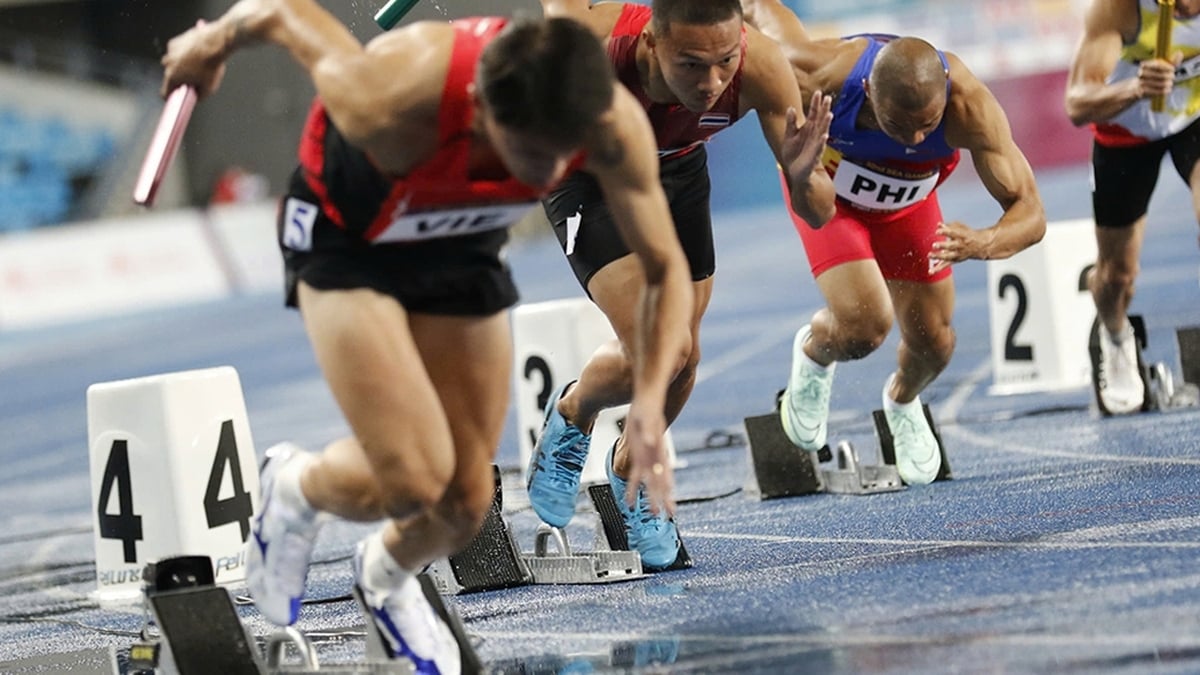
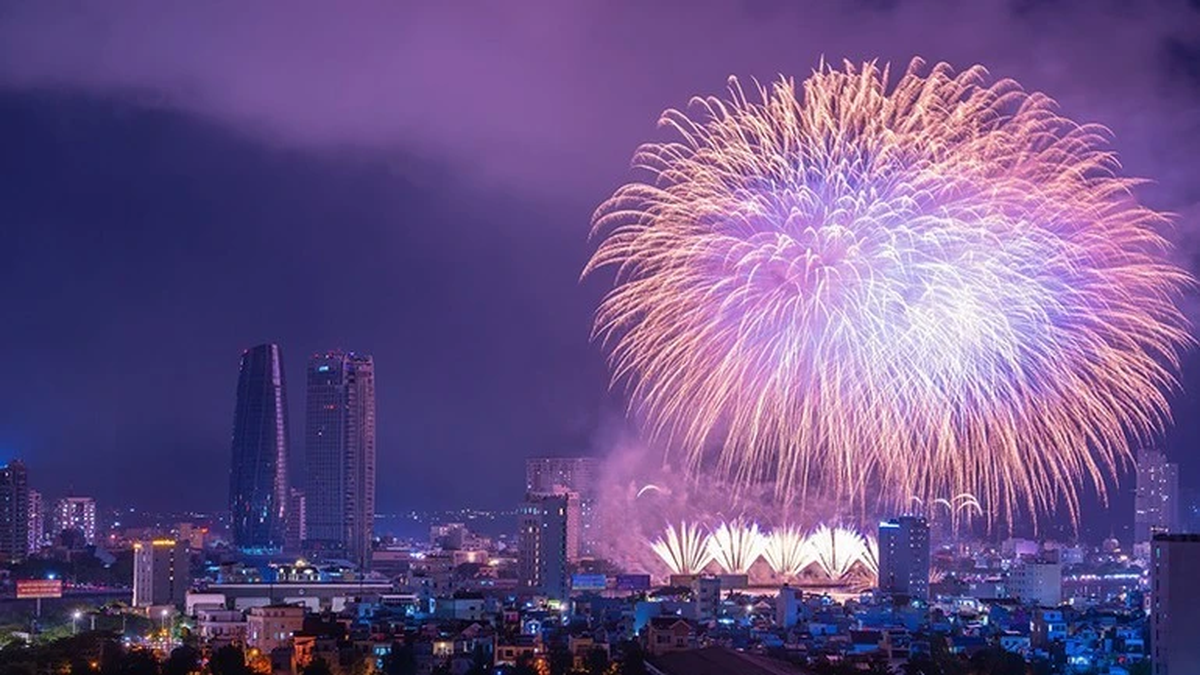
















![[Photo] Discover the "wonder" under the sea of Gia Lai](https://vphoto.vietnam.vn/thumb/1200x675/vietnam/resource/IMAGE/2025/8/6/befd4a58bb1245419e86ebe353525f97)
![[Photo] Nghe An: Provincial Road 543D seriously eroded due to floods](https://vphoto.vietnam.vn/thumb/1200x675/vietnam/resource/IMAGE/2025/8/5/5759d3837c26428799f6d929fa274493)

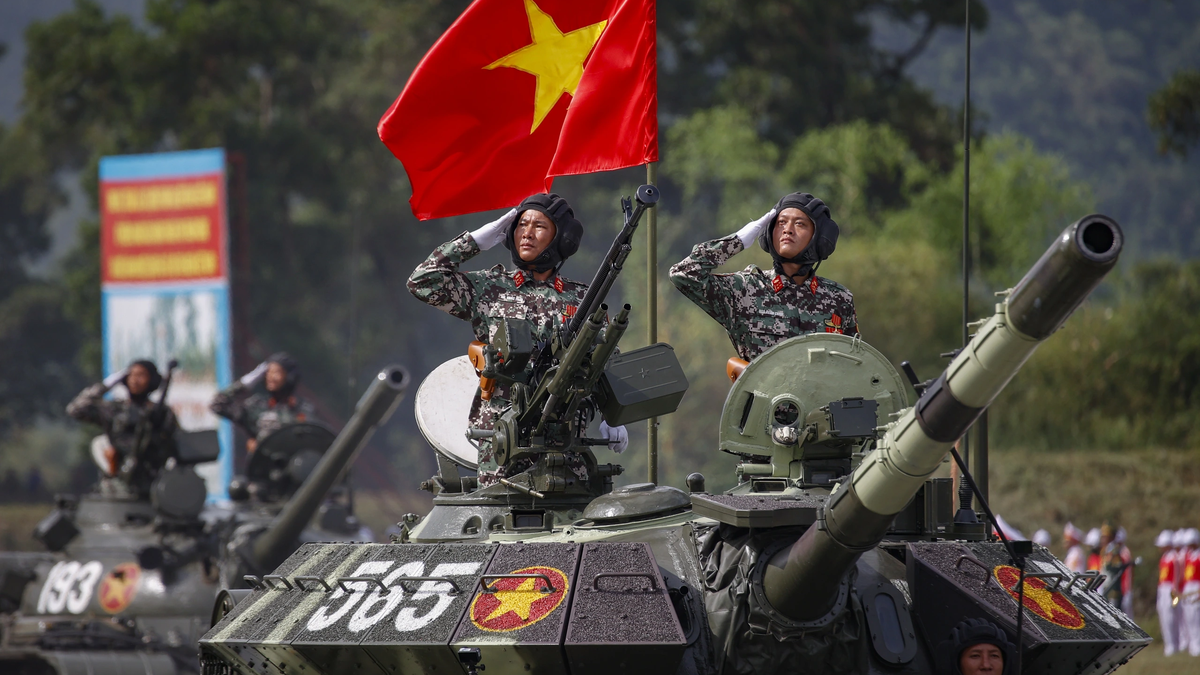





















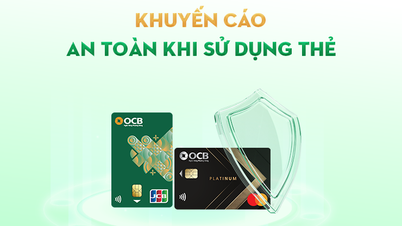



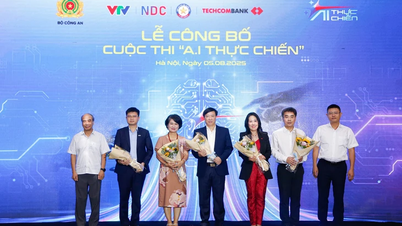
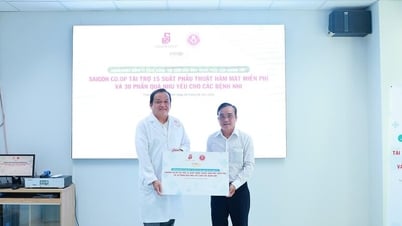



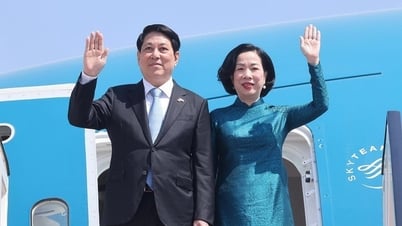

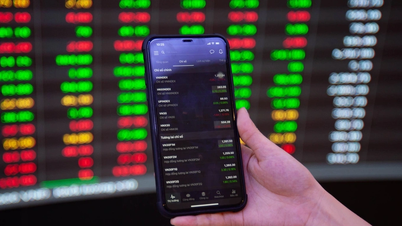




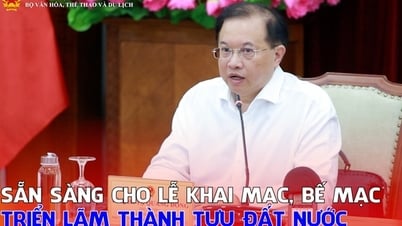
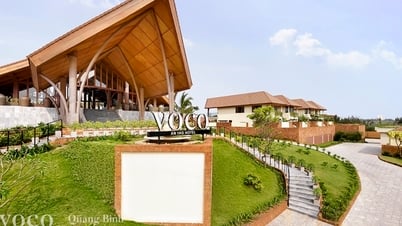
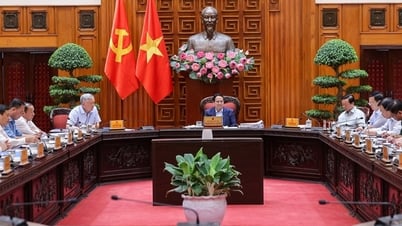
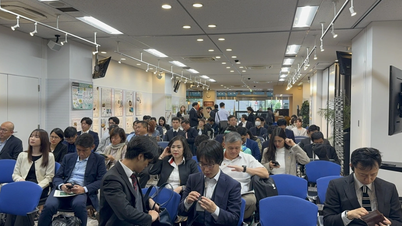

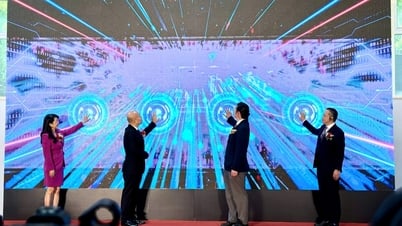
















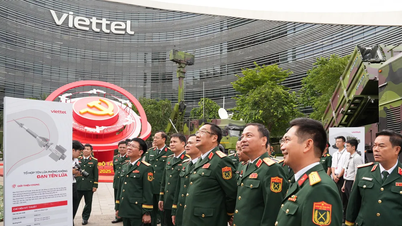

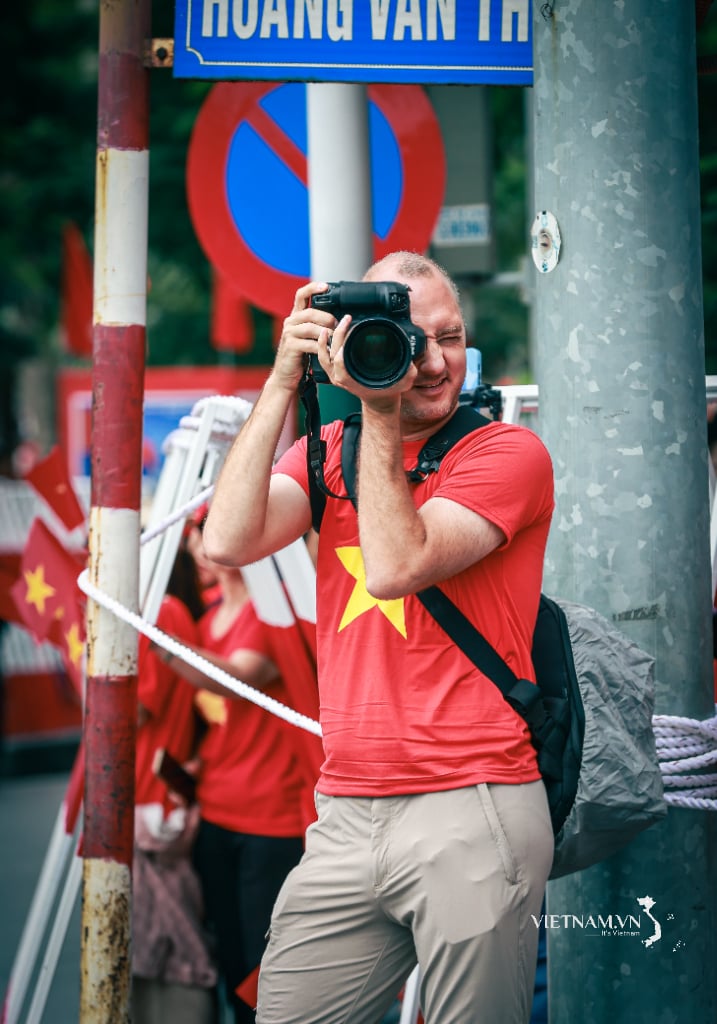
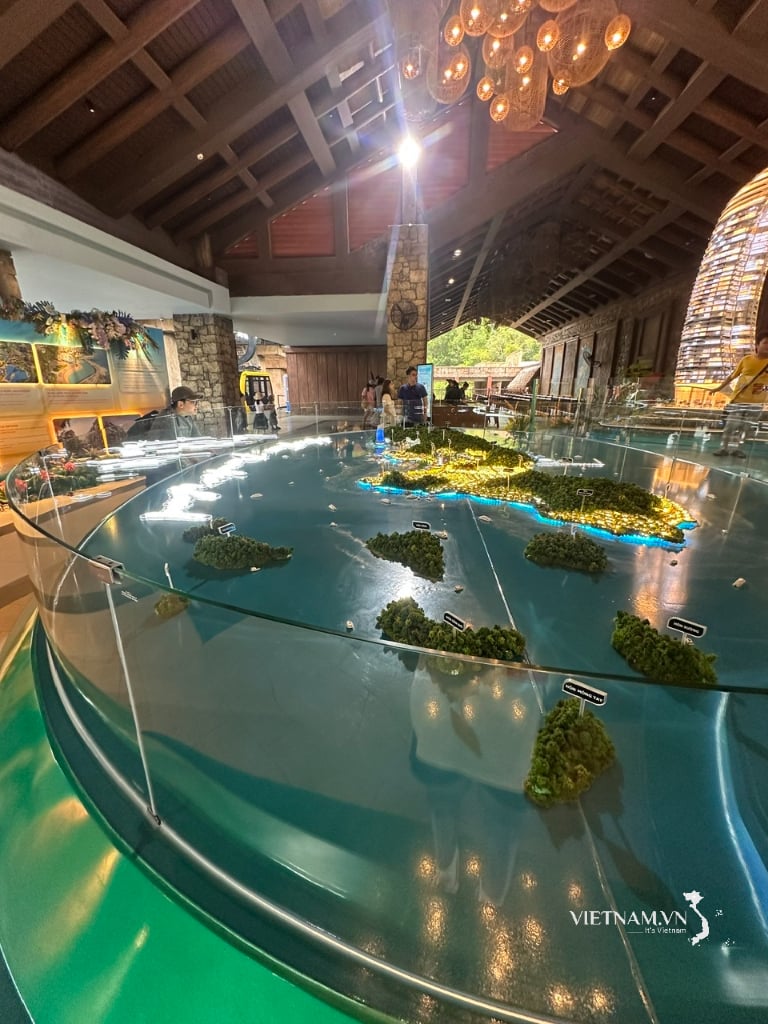


Comment (0)